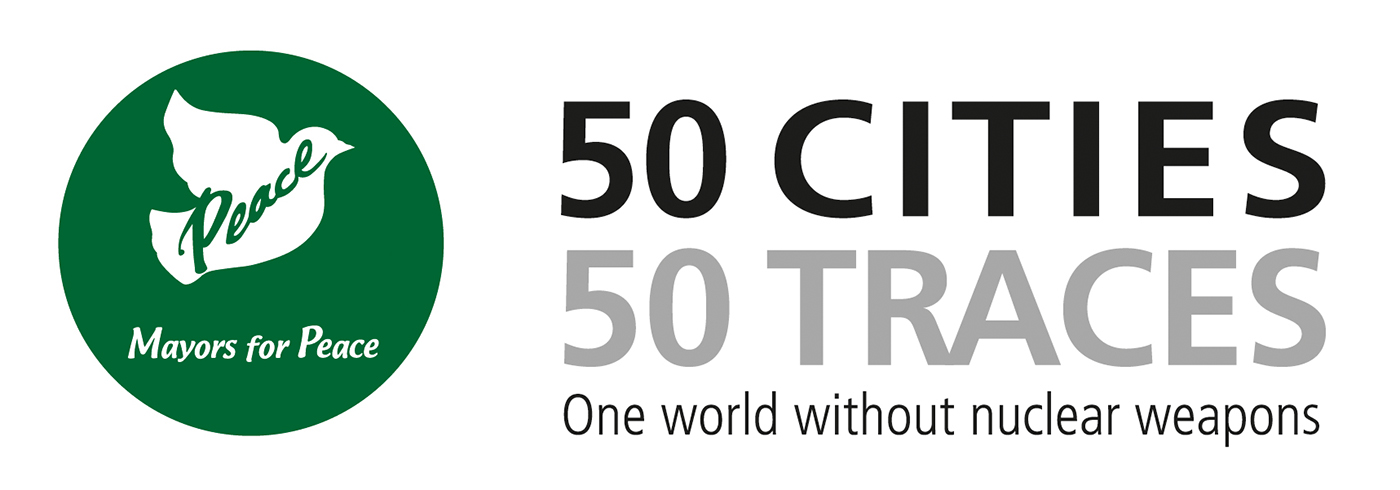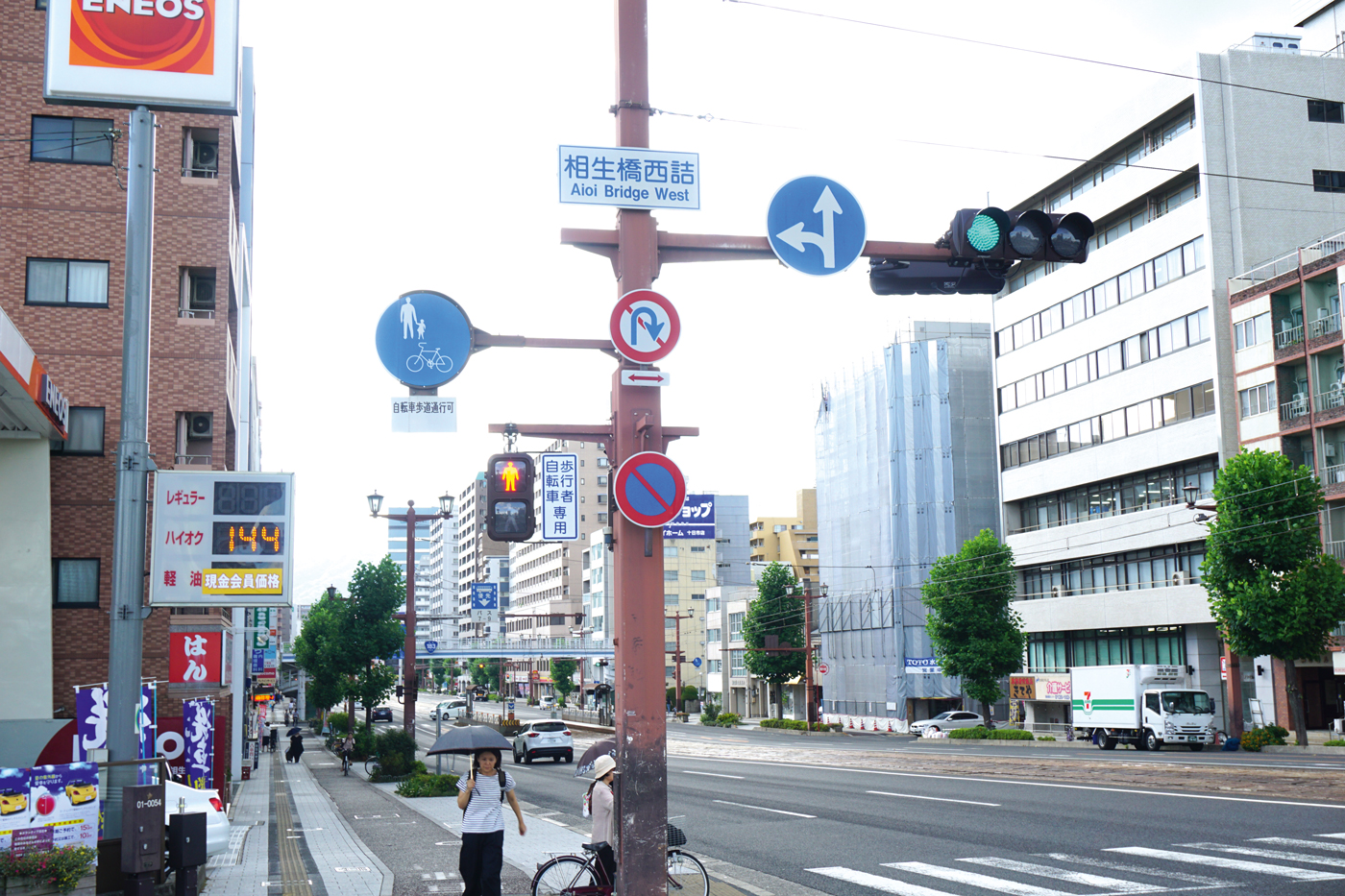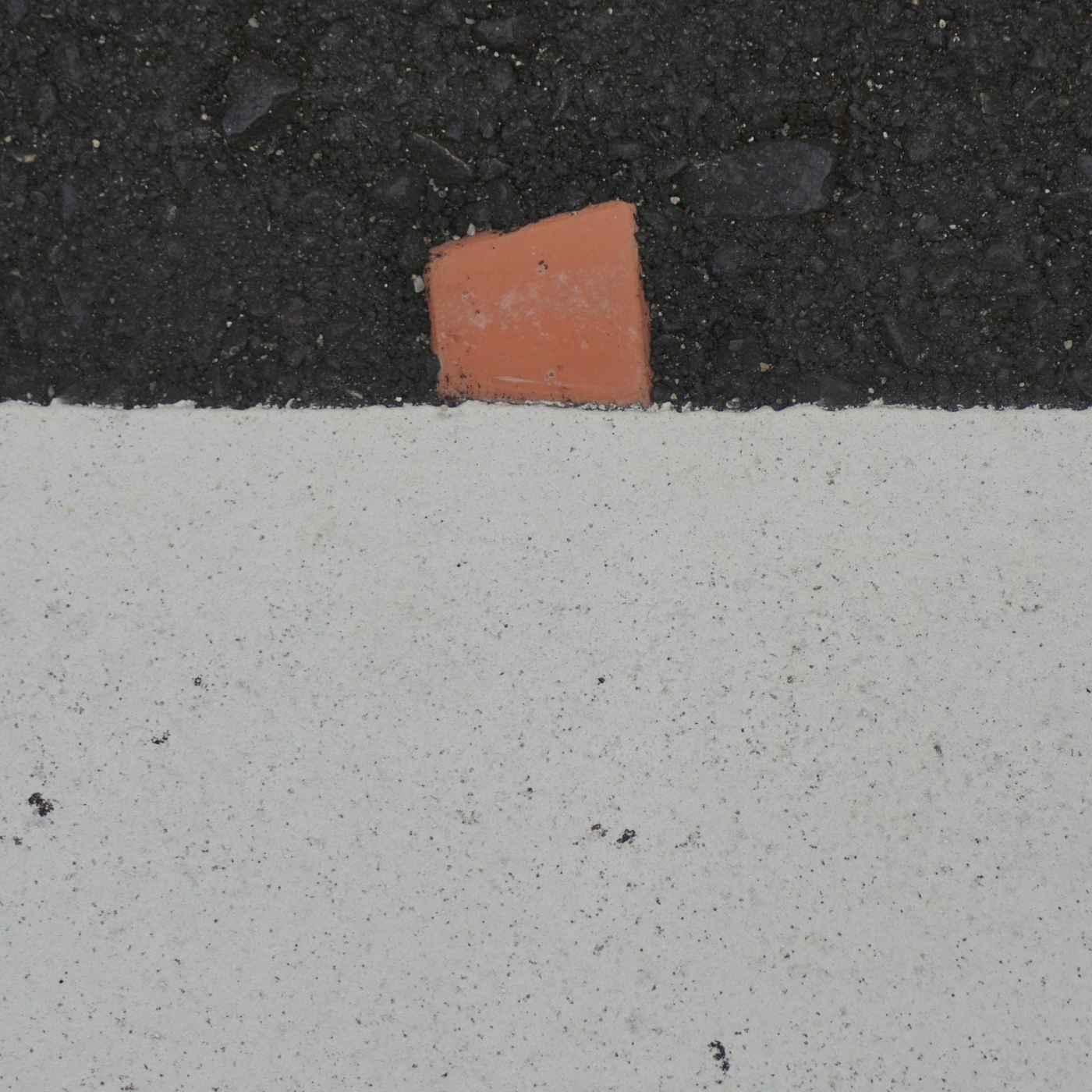Klaudia Dietewich

Click on the button to access the website of the artist Klaudia Dietewich with detailed information.
The Project
50 Cities – 50 Traces – Against traceless oblivion is an international art and peace project to commemorate the 50th anniversary of the Treaty on the Nonproliferation of Nuclear Weapons signed by the nuclear-weapon states USA, the former Soviet Union, and Great Britain in 1968.
The artistic concept of 50 Cities – 50 Traces was to juxtapose individual traces from 50 Mayors for Peace cities, highlighting their diversity and beauty and the daily life taking place therein. The exhibition was conceived as an invitation to respect and preserve the world’s visible remainders, which are bearers of memory, as an appeal against the destruction of our cities, against the deployment of nuclear weapons – thus supporting the core idea behind the Mayors for Peace movement: “Cities are not targets.”
From 2018 through 2020, which marks the 50th anniversary of the ratification of the Nuclear Nonproliferation Treaty, the exhibition traveled to Mayors for Peace cities in cooperation with local peace activities with its final station at the United Nations Headquarter in New York for the 2020 NPT Review Conference, which was cancelled due to Covid19 pandemic.
The Artwork
Since time immemorial, cities and streets have always been the lifelines of every society, in every civilization. They are a central arena of life, drenched in memories. They connect people, places, countries, cultures. They are the settings for encounters, collisions, accidents, dramas, and stories – life itself. Streets and places change, erode, are damaged, repaired, painted, marked by traces that reveal something about those who left them, telling stories or conjuring images of the places in which they are found.
Traces are the photographic subject of the Stuttgart based artist Klaudia Dietewich. She is interested in the subtle esthetics of daily life‘s relics, which in one way or another reflect the condition of our world. Much like an archeologist, she searches for her subjects in urban and industrial spaces. Seeing authentic beauty in the patched, the overlooked, the forgotten, she is drawing parallels from the gradual disappearance of motifs to our own existence.
Her found objects are fragments and pieces that are nonrepresentational, but that call to mind memories, associations, and narratives. As a distillation of life lived, the works raise the question of what remains of us and of the world as we know it.

Hiroshima (JP), Aioi Bridge West

